A close call: How serial killer Rodney Alcala appeared on 'The Dating Game' and won
Alcala has been convicted of killing seven women in the 1970s.
When “The Dating Game” host Jim Lange introduced Rodney Alcala as Bachelor Number One, a successful photographer, he didn’t know that the man had already murdered at least five women and been charged with the attempted murder of a little girl.
Alcala has since been convicted of killing seven women in the 1970s. He was charged with murder for the first time in 1979 for the death of 12-year-old Robin Samsoe, who disappeared in June that year on her way to a ballet studio. Her remains were found nearly two weeks later in the San Gabriel Mountains north of Los Angeles.
“The ‘Dating Game’ appearance is just a bizarre part about this case,” said Matt Murphy, an ABC News contributor and former prosecutor who was assigned to Alcala’s case in 2003. “And I think that what it reflects is the narcissism and the ego and the arrogance of a serial killer.”
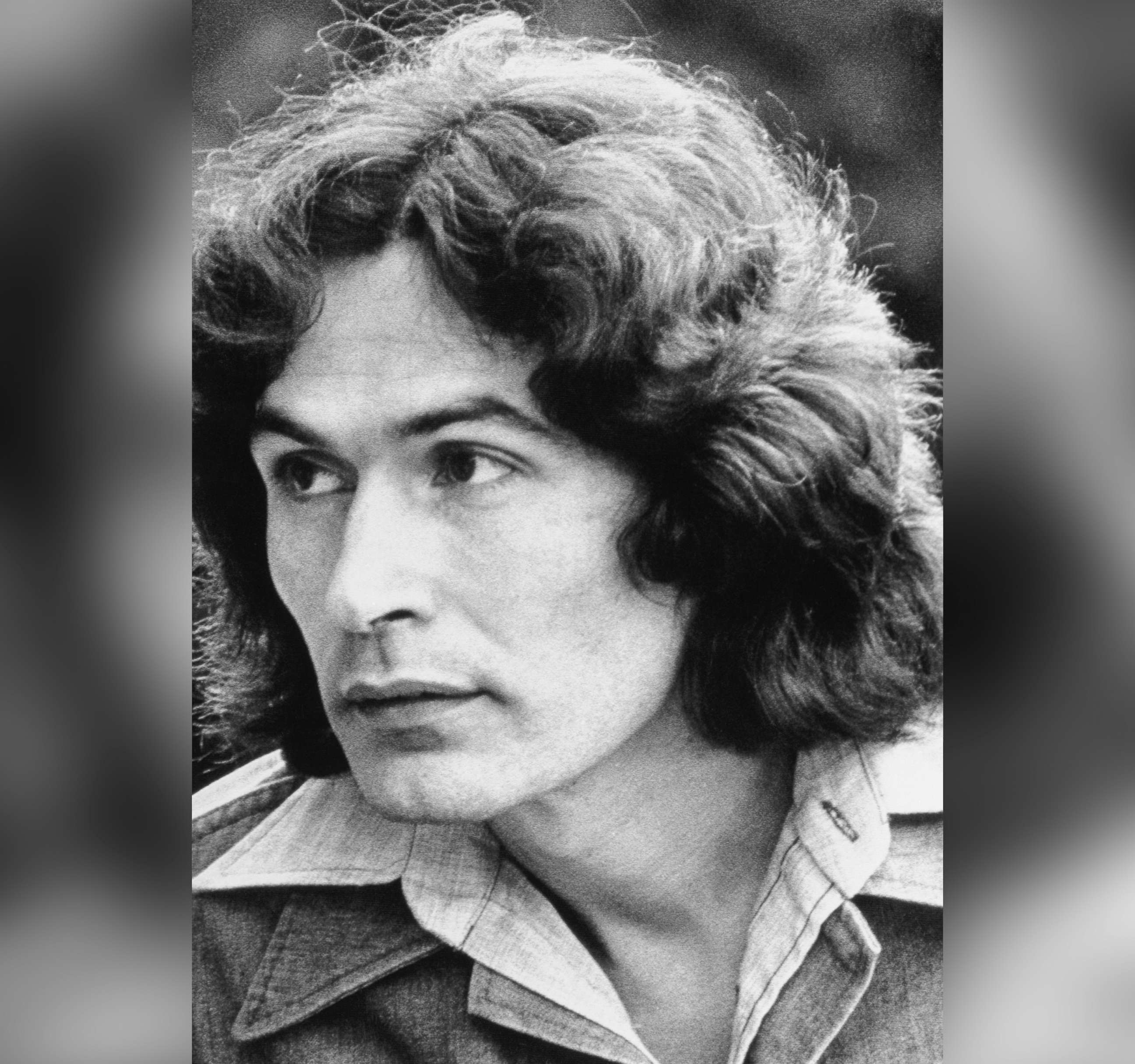
Alcala appeared on a 1978 episode of the hit TV game show. Executive producer Mike Metzger and his future wife, contestant coordinator Ellen Metzger, say they initially disagreed on whether Alcala should’ve been a contestant when he auditioned.
Watch the full story on "20/20" Friday at 9 p.m. ET on ABC.
At the time, the technology didn’t exist for background checks or national databases, so nobody who worked on the show was aware that Alcala had a criminal history by this point that included an attempted murder charge of an 8-year-old girl.
He was attractive and all the women were going to love him, Ellen Metzger told “20/20." But her future husband felt differently, saying that he had a “strange personality.”
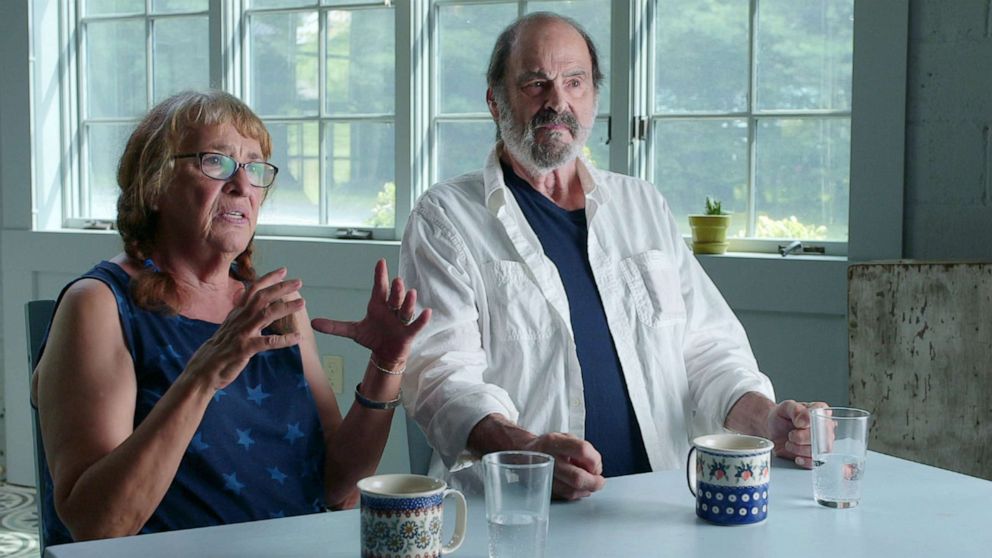
“He had a mystique about him that I found uncomfortable,” said Mike Metzger, the show’s executive producer.
Ultimately, they decided to have Alcala on the show.
David Greenfield, a producer on the game show when Alcala appeared on it, said that he’d grown up watching the show but didn’t realize until he started working on it that many of the people who audition for it aren’t looking for a date, but rather a chance to be on TV.
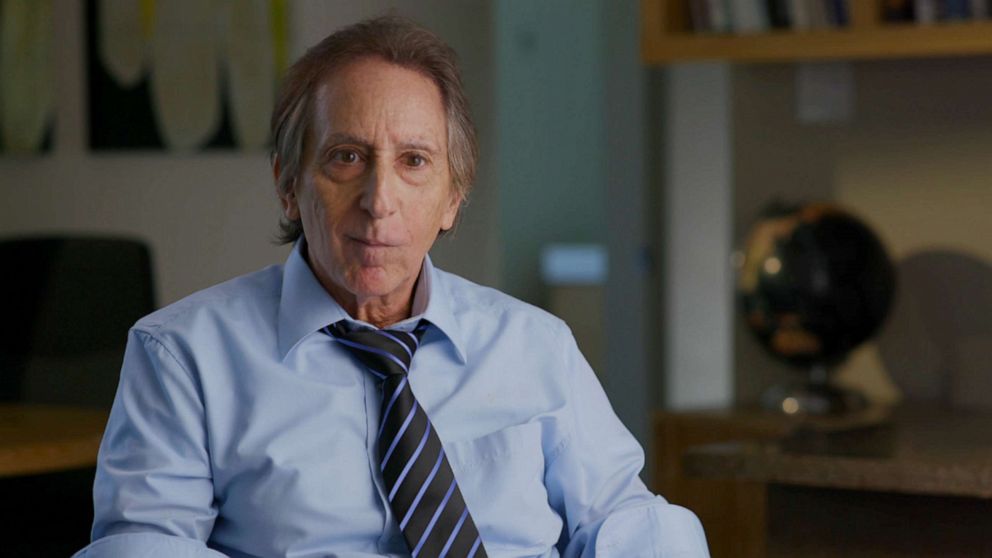
The show’s format involved one bachelorette choosing which of three bachelors to go on a date with after a questioning period in which the bachelors are hidden from view.
It had become “hugely popular” during the 1960s because “there had never been a dating show of that nature, and people could live vicariously through either the bachelor or bachelorette,” Greenfield said.
When the 1970s came around, the show’s producers changed the show to match American culture at the time, and its popularity continued to rise.
“One of our edicts was to make the show much sexier and much more provocative than the show in the ‘60s,” said Greenfield.
Part of this meant making the bachelorettes’ questions more open-ended in order to elicit raunchier responses.
“It was rather astonishing to see these bachelors and bachelorettes vie for each other in such an outward way. In the ‘60s, it was much more reserved … you would play it safe. … In our show, anything went,” he said.
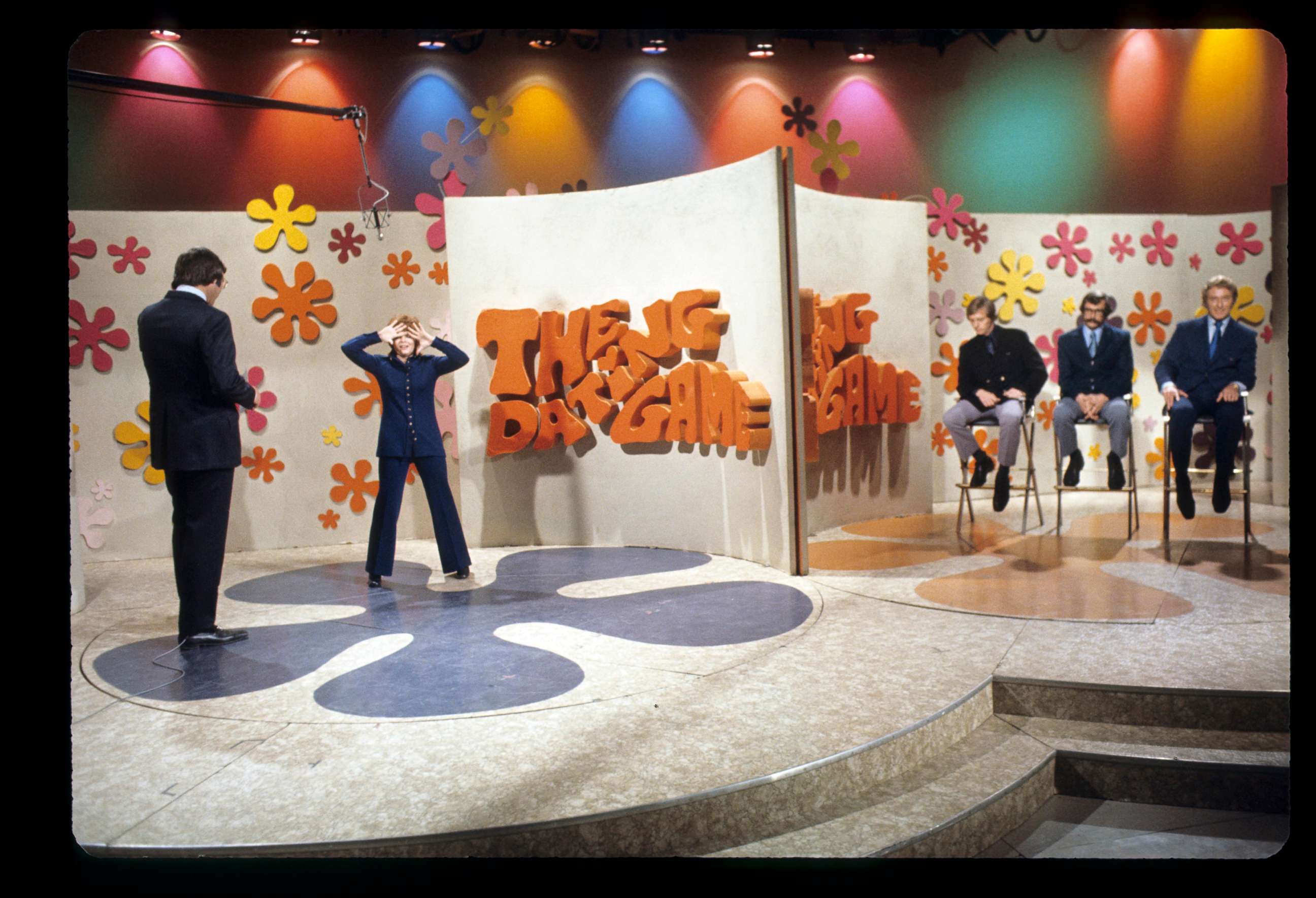
During the episode in which Alcala appeared, bachelorette Cheryl Bradshaw asked him questions like, “What’s your best time?” and “I’m serving you for dinner. What are you called and what do you look like?” Alcala responded to the latter, saying, “I’m called the banana and I look good.”
“Can you be a little more descriptive?” Bradshaw asked Alcala.
“Peel me,” he said, prompting the audience to laugh.
“In retrospect,” Greenfield said, “it sounds horrible. But at the time, that’s a good solid answer. … We were looking for raunchy, sexy answers, and that was one. Take it in context now, it’s like, ‘Oh my God.’”
Bradshaw ended up choosing Alcala at the end of the show. It was exactly what Alcala had planned, according to fellow contestant Jed Mills, who was Bachelor Number Two and sat next to Alcala during the episode.
Mills described Alcala as “creepy” and said that when they were in the green room before the show, Alcala told him, “I always get my girl.”
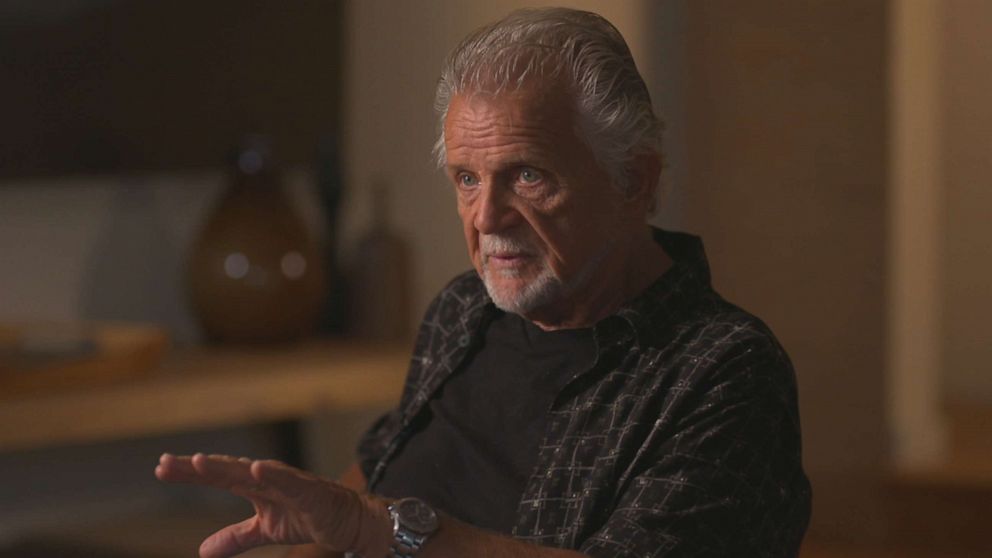
However, when Alcala was finally introduced to Bradshaw, Ellen Metzger said Bradshaw’s excitement to see him turned into a “pretty lukewarm togetherness.” The next day, she said Bradshaw called the show’s office and spoke to her.
“She said, ‘Ellen, I can’t go out with this guy. There’s weird vibes that are coming off of him. He’s very strange. I am not comfortable. Is that going to be a problem?’ And of course, I said, ‘No.’”
They were two of many bachelors and bachelorettes who never ended up on a date, although Greenfield said they would’ve had a chaperone if they followed through with it -- like every couple that went on dates following their appearance on the show.
“When I watch the show now, it’s hard for me to watch it without looking behind his eyes and knowing what this guy had to be thinking,” Greenfield said. “Just the evil behind the smile. There’s sometimes where I can see it but I think that’s my mind working overtime because again, I can’t imagine anybody that would commit a crime and then purposely go on television.”
By the time that Alcala was convicted of murdering Robin Samsoe in 1980 and sentenced to death, investigators had found a trove of evidence in a Seattle storage locker belonging to Alcala.
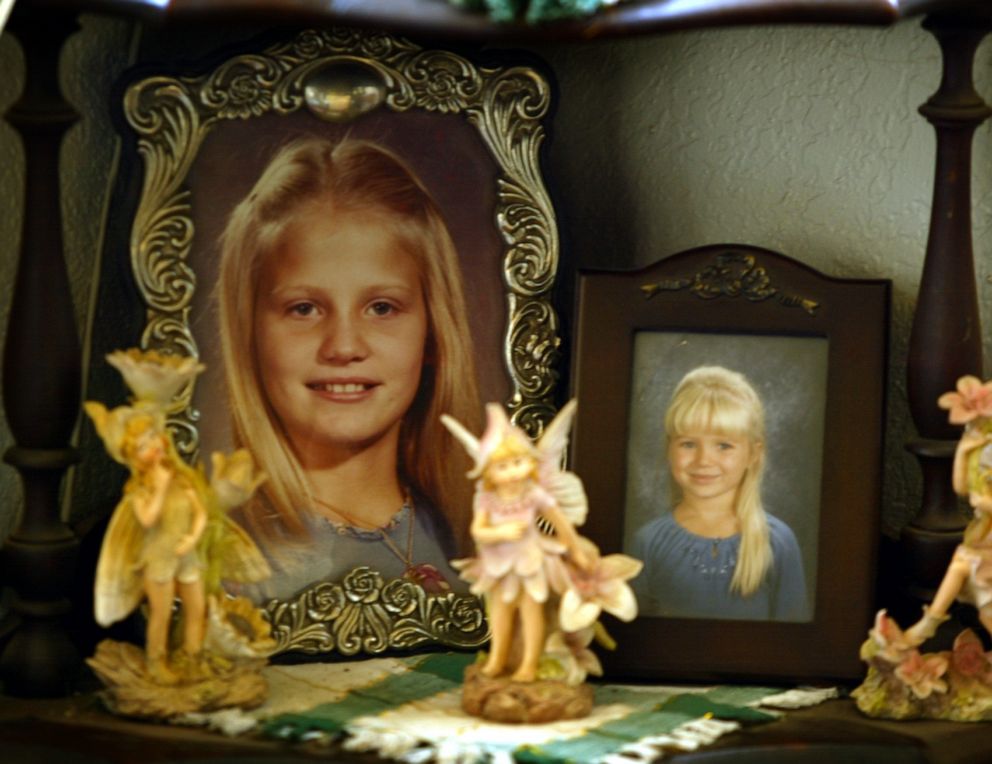
There they found hundreds of photographs of unidentified women, girls and boys, some of whom were nude or in compromising positions. They also found jewelry that they believe Alcala kept as trophies from some of his victims, including a pair of gold ball earrings that matched the description of those worn by Robin on the day she disappeared.
Four years after he was convicted of murder and sentenced to death, Alcala appealed his case and won a new trial. He was tried, convicted and sentenced to death a second time.
In 2001, he appealed yet again and won, putting a third trial into motion.
Prosecutor Matt Murphy took on the case in 2003, after which he had the jewelry found in Alcala's storage locker re-examined for DNA. Authorities found that some of the DNA matched that of four other women who’d been found dead or who had disappeared in the late 1970s, confirming that Alcala was the serial killer police had suspected him to be.
Among the women whose DNA matched that on evidence found in the storage locker were 19-year-old Jill Barcomb, whose body was found on a Los Angeles roadside in 1977 with her face mutilated and ligatures around her neck; Georgia Wixted, a 27-year-old nurse whose body was found naked and brutalized in her Malibu, California, home in 1977; Charlotte Lamb, whose body was found strangled and raped in an apartment complex miles away from her home in June 1978, months before Alcala’s appearance on “The Dating Game”; and Jill Parenteau, a 21-year-old college student who was found raped and murdered in her bedroom in June 1979.
Alcala was 66 years old when he was convicted for these women’s murders and sentenced to death following a 2010 trial in which he represented himself.
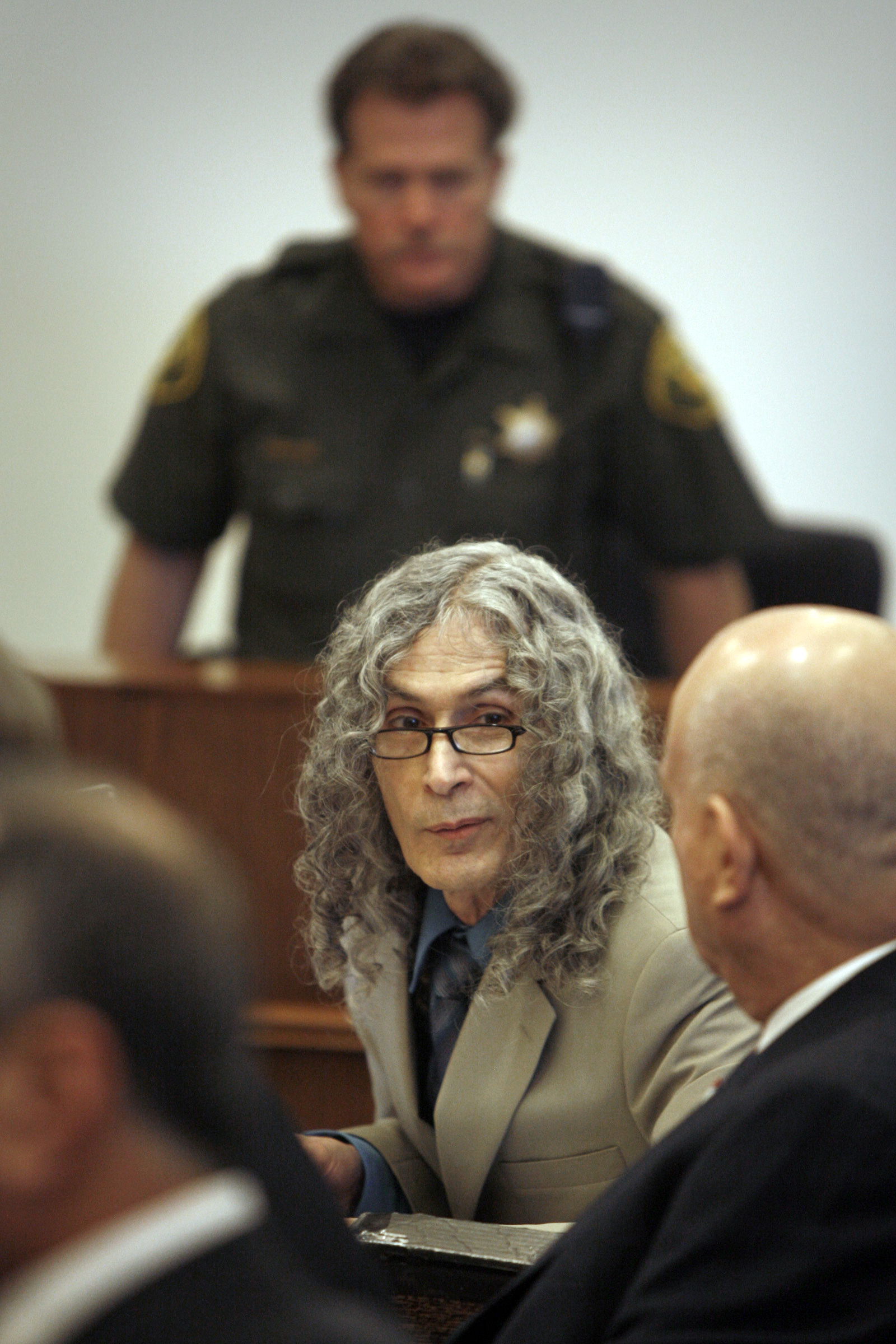
He later pleaded guilty to the New York City murders of Cornelia Crilley in 1977 and Ellen Hover in 1978. He was also charged in 2016 with the murder of Christine Thornton in the summer of 1977, but authorities decided not to extradite him to Wyoming for trial due to his failing health. He has denied killing Thornton and has not entered a plea for the charges.
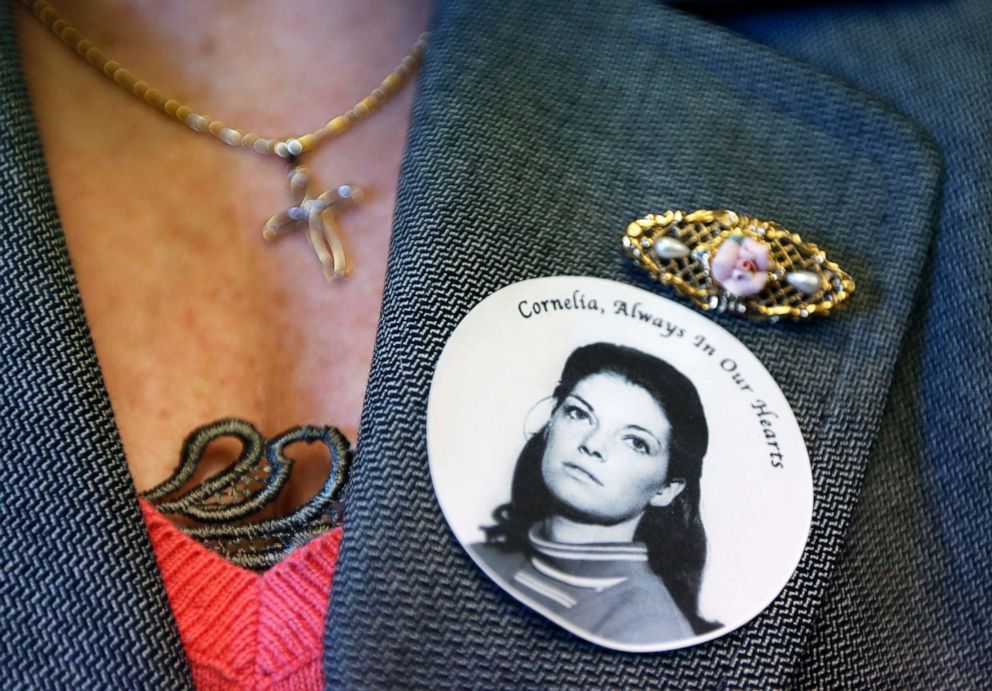
Alcala, now 77, is serving his time at Corcoran State Prison, where his execution has been postponed indefinitely due to a moratorium on the death penalty instituted by California State in 2019.




